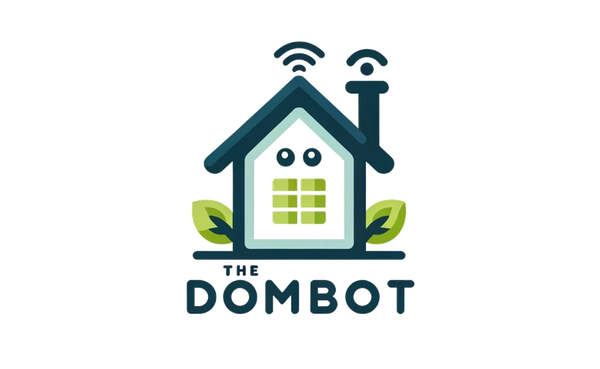Collection: Zigbee: The Wireless Protocol for Smart Homes
Zigbee: The Wireless Protocol That's Actually Smart (Unlike Me)
Hey there, tech-loving friends! Today, we're diving into the wonderful world of Zigbee, a wireless protocol that's making smart homes a reality. Now, I know what you're thinking: "Zigbee? Sounds like a breakfast cereal." And you're not wrong, it does sound a bit like a sugary treat. But trust me, this is a protocol that's way more satisfying than a bowl of Lucky Charms.
What is Zigbee?
Think of Zigbee as the whisper network of your smart home. It's a low-power, mesh networking protocol that allows your devices to talk to each other without needing a constant internet connection. It's like a secret society of smart gadgets, sharing information and coordinating their actions.
Why Should You Care?
Well, let's be honest, you're probably already using Zigbee without even realizing it. Many popular smart home devices, like your trusty Zigbee thermostat, use this protocol. Here's why it's a big deal:
- Low Power Consumption: Zigbee devices are energy-efficient, so you can rest assured that your smart home isn't going to drain your electricity bill.
- Long Range: Zigbee signals can travel farther than Bluetooth, meaning you can control your devices from across your house without any signal dropouts.
- Mesh Networking: Zigbee devices create a network where each device acts as a repeater, strengthening the signal and expanding the range. It's like a chain letter of smart home awesomeness.
- Security: Zigbee uses encryption to protect your data, so you can be sure that your smart home is safe from prying eyes.
Setting Up Your Zigbee Network
Now, let's get down to the nitty-gritty. Setting up a Zigbee network is easier than you think. You'll need a Zigbee hub, which acts as the central control for your network. Popular hubs include:
- Amazon Echo Plus: This smart speaker doubles as a Zigbee hub, allowing you to control your devices with your voice.
- Samsung SmartThings Hub: A versatile hub that works with a wide range of Zigbee devices.
- Philips Hue Bridge: Specifically designed for Philips Hue smart lights, but can also control other Zigbee devices.
Step-by-Step Guide:
- Connect your hub to your Wi-Fi network. This is the first step in establishing your Zigbee network.
- Add your Zigbee devices to the hub. Most devices will have a pairing button that you need to press to connect them to the hub.
- Control your devices through your hub's app or voice commands. Once your devices are connected, you can start controlling them through your hub's app or by using voice commands.
Zigbee vs. Z-Wave: The Battle of the Wireless Protocols
You might have heard of another popular smart home protocol called Z-Wave. So, which one is better? Well, it's like comparing apples and oranges. Both protocols have their strengths and weaknesses.
- Zigbee: More widely adopted, better range, and more affordable.
- Z-Wave: More secure, better for larger homes, and more reliable for battery-powered devices.
Ultimately, the best protocol for you depends on your specific needs and preferences.
Zigbee: The Future of Smart Homes
Zigbee is a powerful and versatile protocol that's making smart homes more accessible and affordable. With its low power consumption, long range, and mesh networking capabilities, Zigbee is poised to become the standard for smart home communication. So, if you're looking to upgrade your home with smart devices, Zigbee is definitely worth considering.
And remember, if you ever have any questions about Zigbee or any other smart home technology, feel free to reach out to me. I'm always happy to help you navigate the world of smart home gadgets.
Until next time, stay smart (and maybe a little bit silly)!
